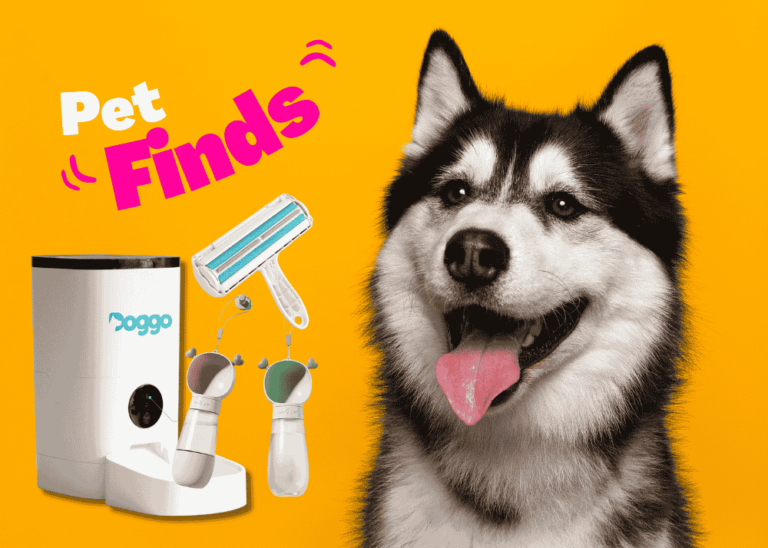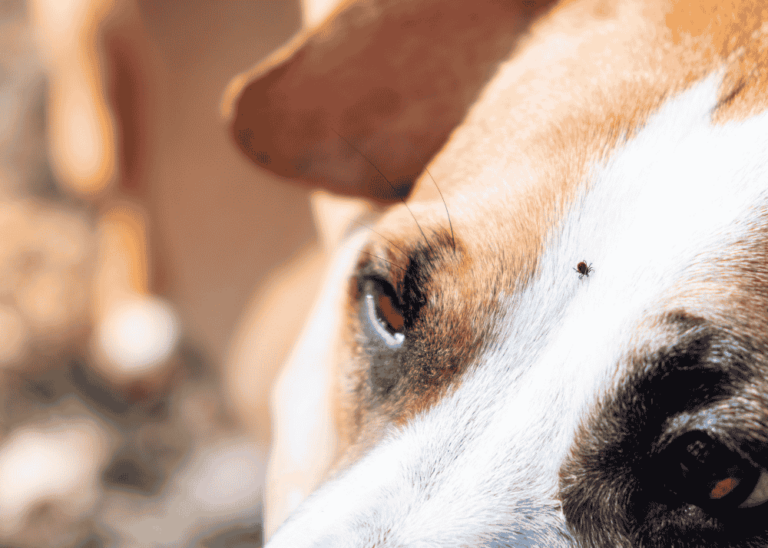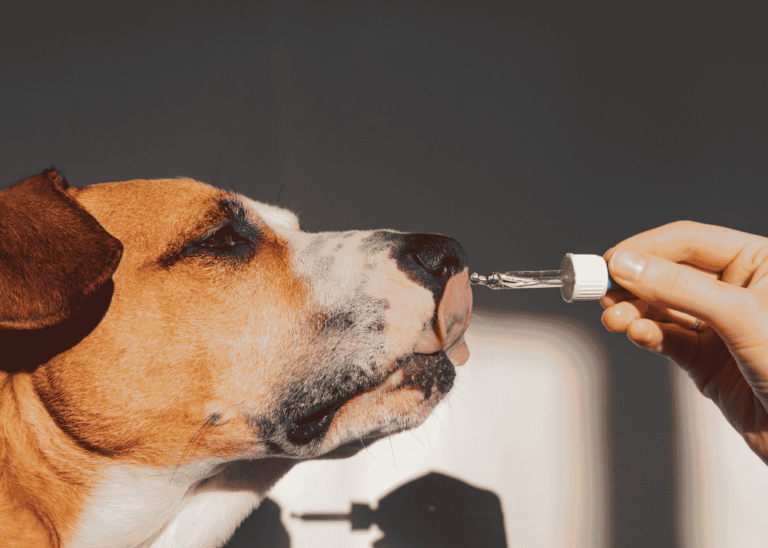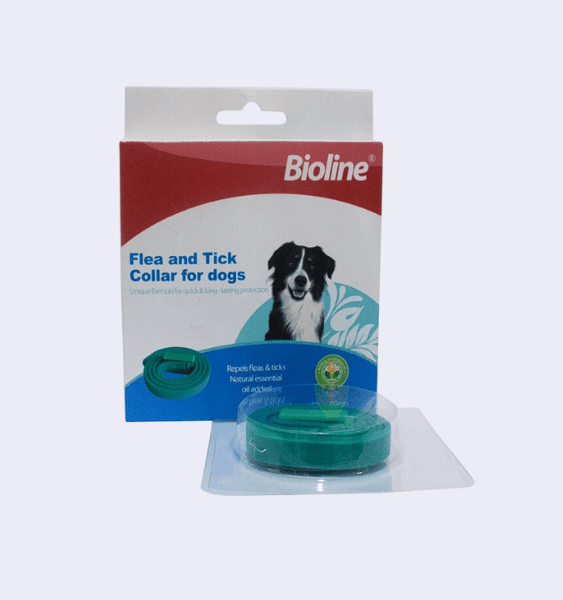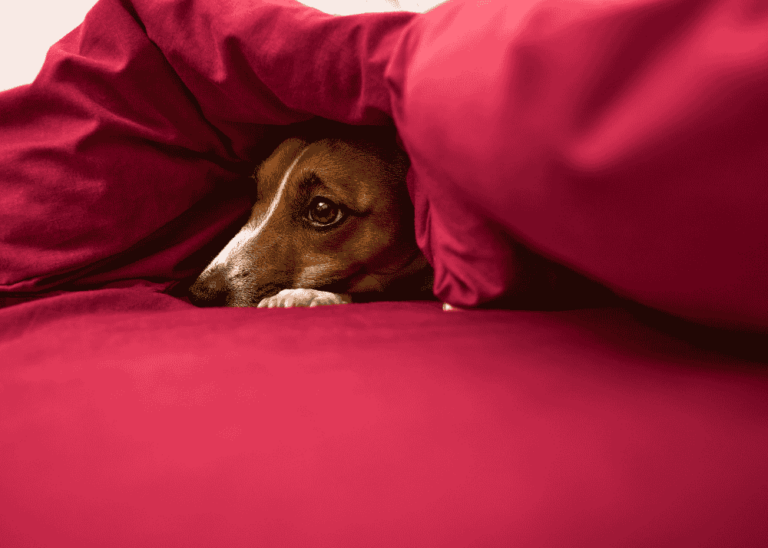
Disclaimer:
This blog is intended for informational purposes only. All information provided is based on research, and we strive to ensure accuracy to avoid any harm to pets. However, we recommend conducting your own research and consulting a veterinarian before making any dietary changes for your dog.
Separation anxiety in dogs is a common challenge faced by pet owners. It occurs when dogs experience distress or behavioral issues due to being left alone. If your furry friend struggles with this issue, don’t worry—there are effective ways to help them feel more secure and comfortable. Here’s a guide to understanding and addressing separation anxiety in dogs.
Signs of Separation Anxiety
Recognizing the symptoms is the first step in helping your dog. Common signs include:
Excessive Barking or Howling – Vocalizing when left alone.
Destructive Behavior – Chewing furniture, scratching doors, or tearing household items.
Pacing or Restlessness – Repetitive movement in a fixed pattern.
Accidents Indoors – Urinating or defecating inside despite being house-trained.
Escape Attempts – Trying to break through doors or windows.
Causes of Separation Anxiety
Several factors can lead to separation anxiety, including:
Changes in Schedule – Sudden changes in work hours or daily routines.
Moving to a New Home – Transitioning to unfamiliar surroundings.
Loss of a Family Member or Pet – Emotional distress caused by absence.
Over-Attachment – Dogs who are highly dependent on their owners.
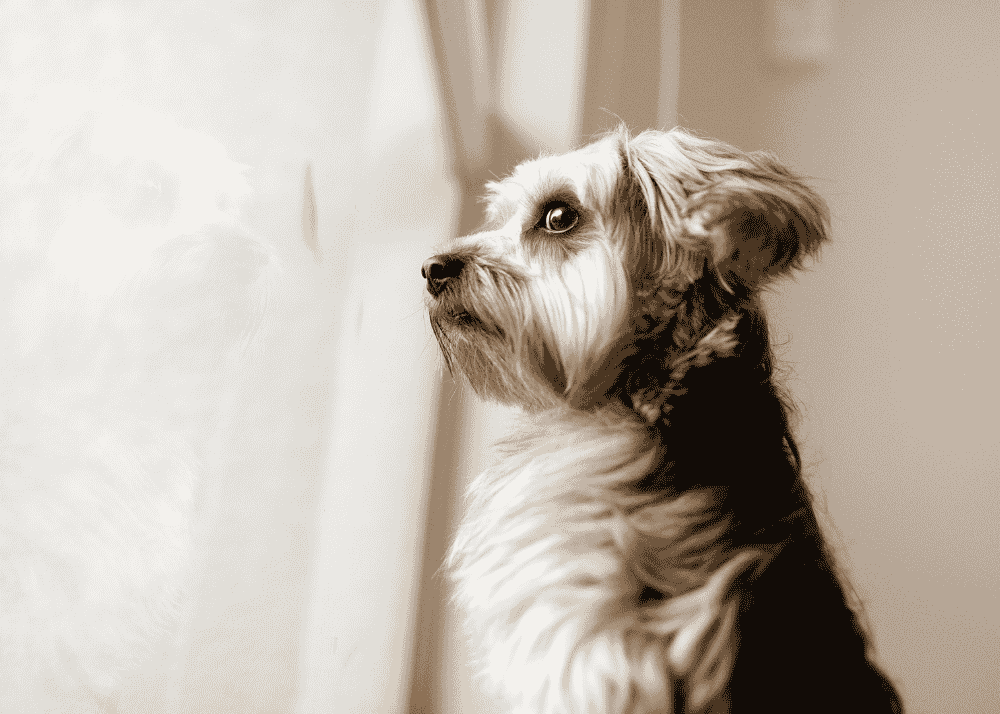
Ways to Help Your Dog
Here are proven methods to ease separation anxiety:
Practice Gradual Departures
Start by leaving your dog alone for short periods and gradually increase the duration.
Create a Safe Space
Provide a comfortable area with their favorite toys, bedding, and treats to help them feel secure.
Leave Comforting Items
Items with your scent, such as worn clothing, can offer reassurance in your absence.
Exercise Before Leaving
Engage your dog in physical activity to tire them out and reduce anxiety.
Provide Interactive Toys
Puzzle toys or treat-dispensing toys can keep your dog occupied and distracted.
Desensitize Triggers
Put on your shoes or grab your keys without leaving to help your dog get used to these actions without associating them with your departure.
Calming Aids
Consider using dog-calming sprays, pheromone diffusers, or anxiety wraps.
Professional Training
Consult a dog trainer or behaviorist for specialized support.
Seek Veterinary Advice
In severe cases, a veterinarian may recommend medications or supplements to ease anxiety.
What Not to Do
Avoid punishing your dog for showing signs of anxiety. This may increase their stress and worsen the behavior. Instead, focus on positive reinforcement and patience.

